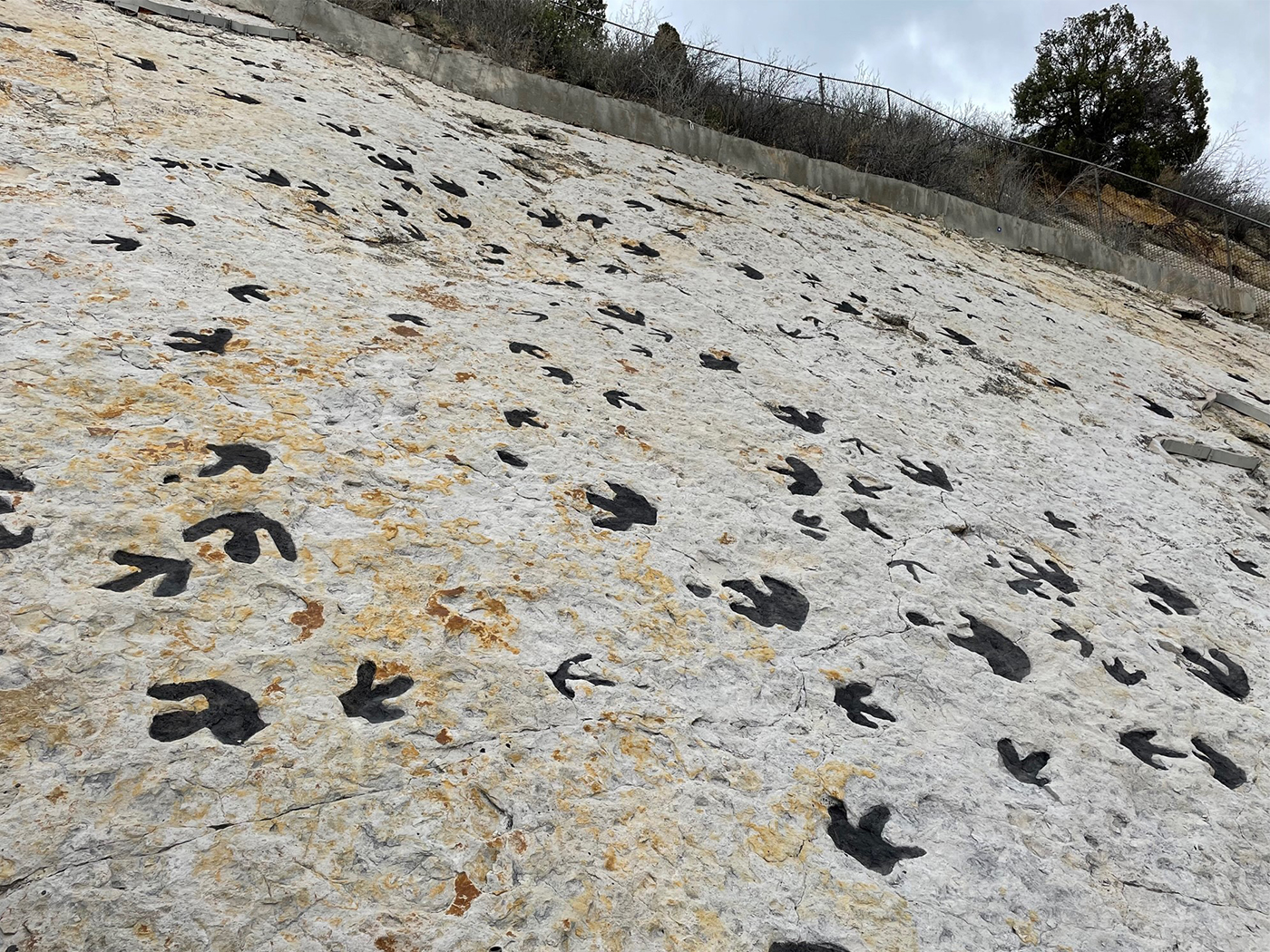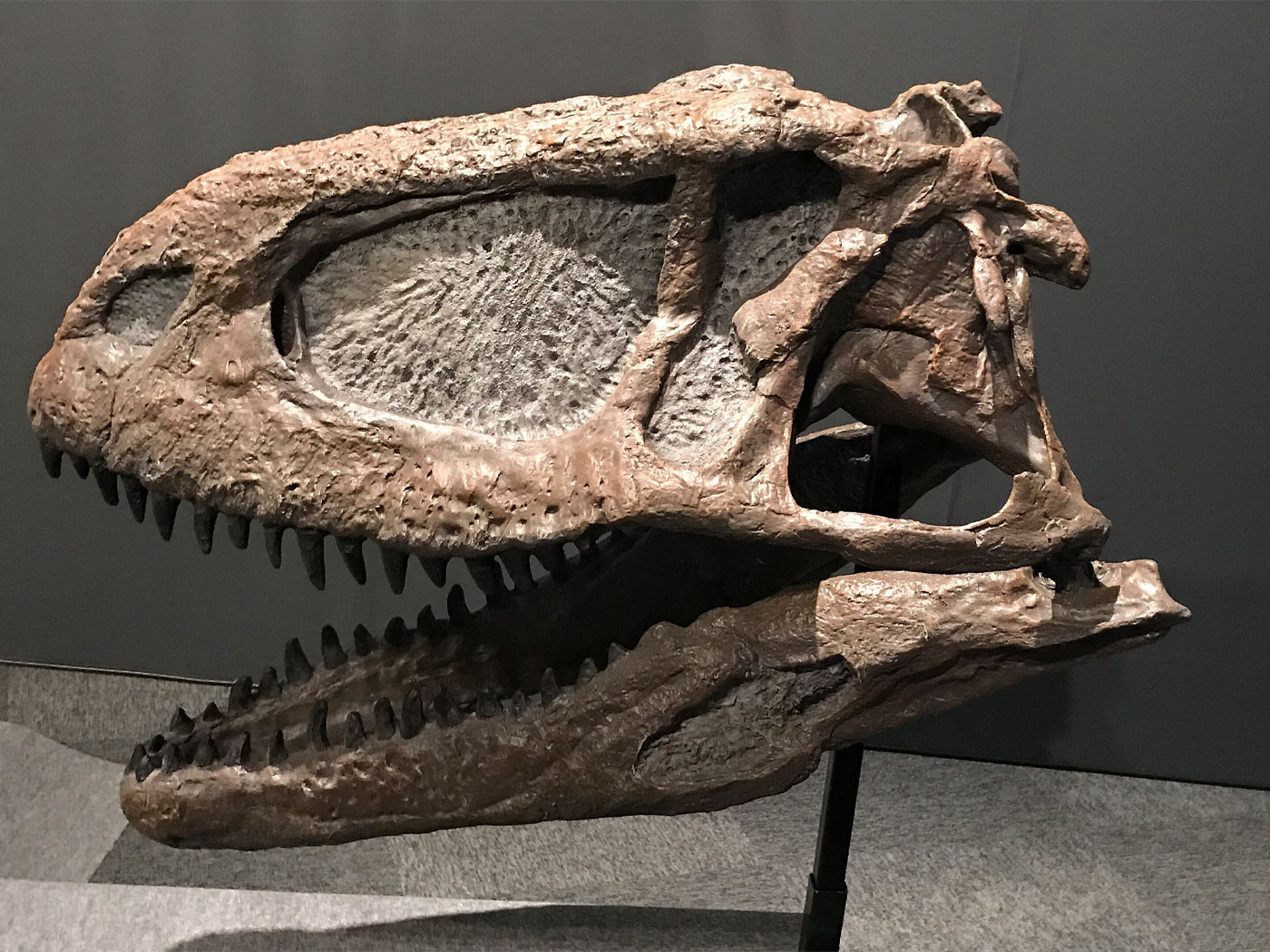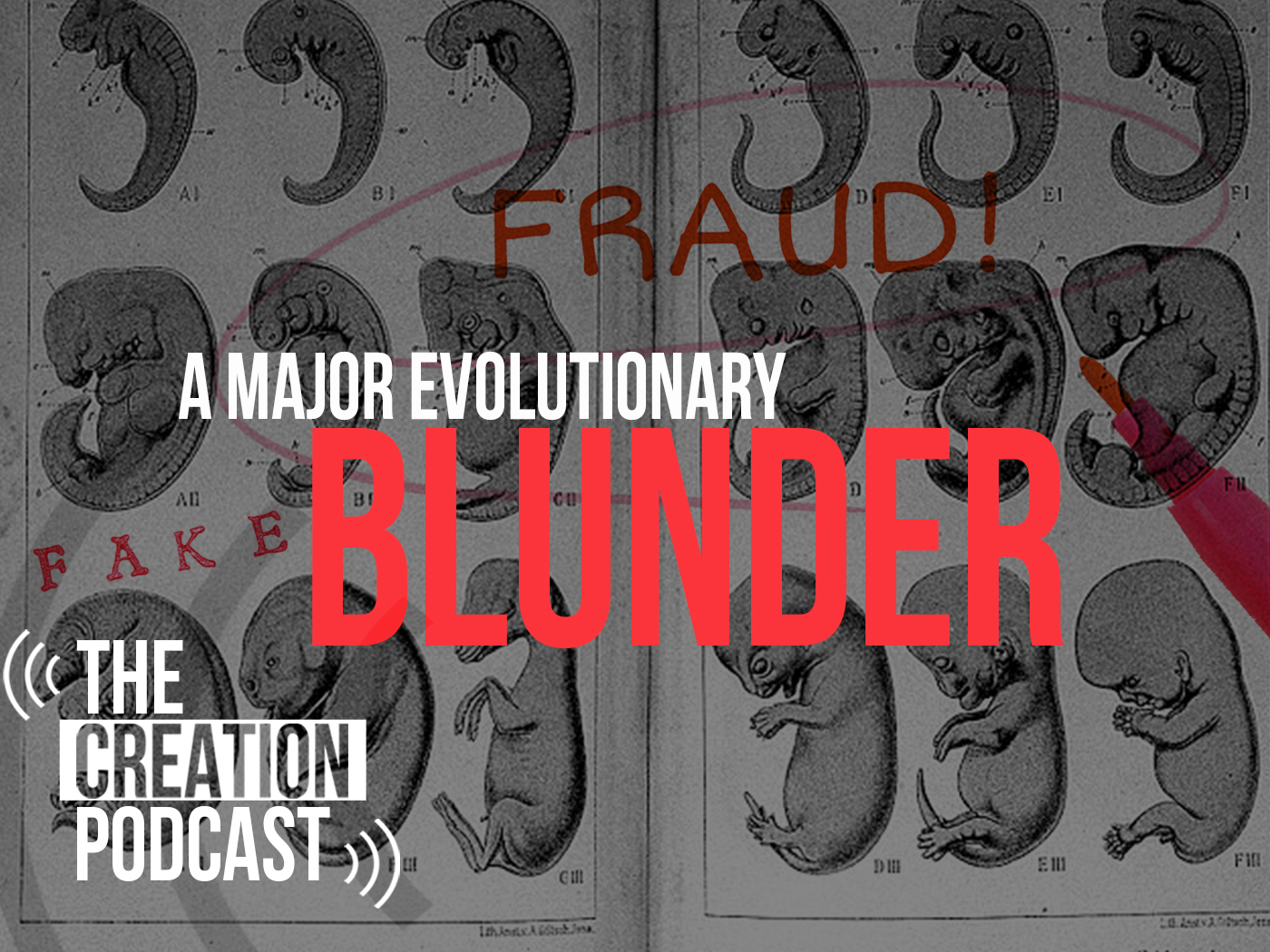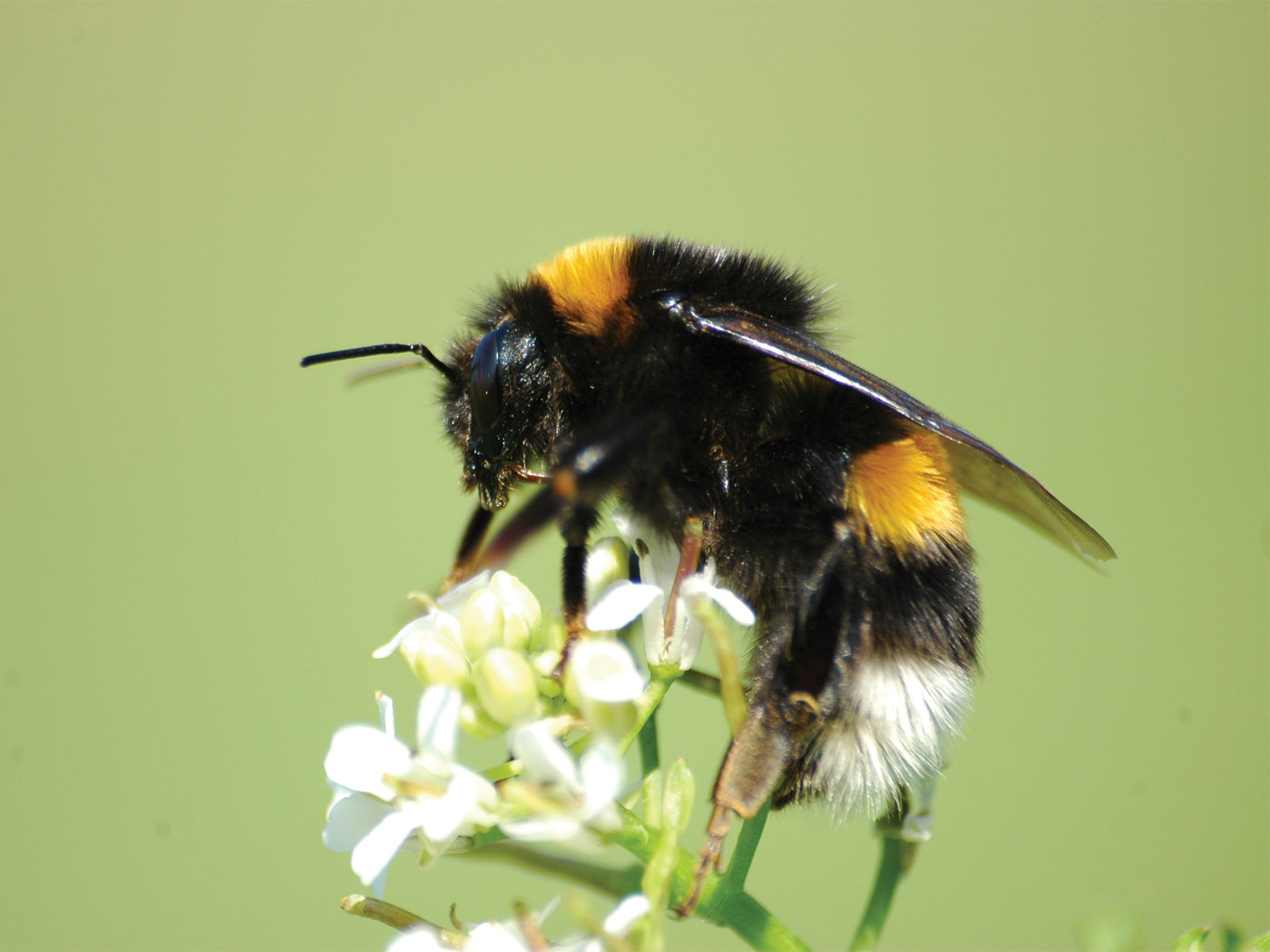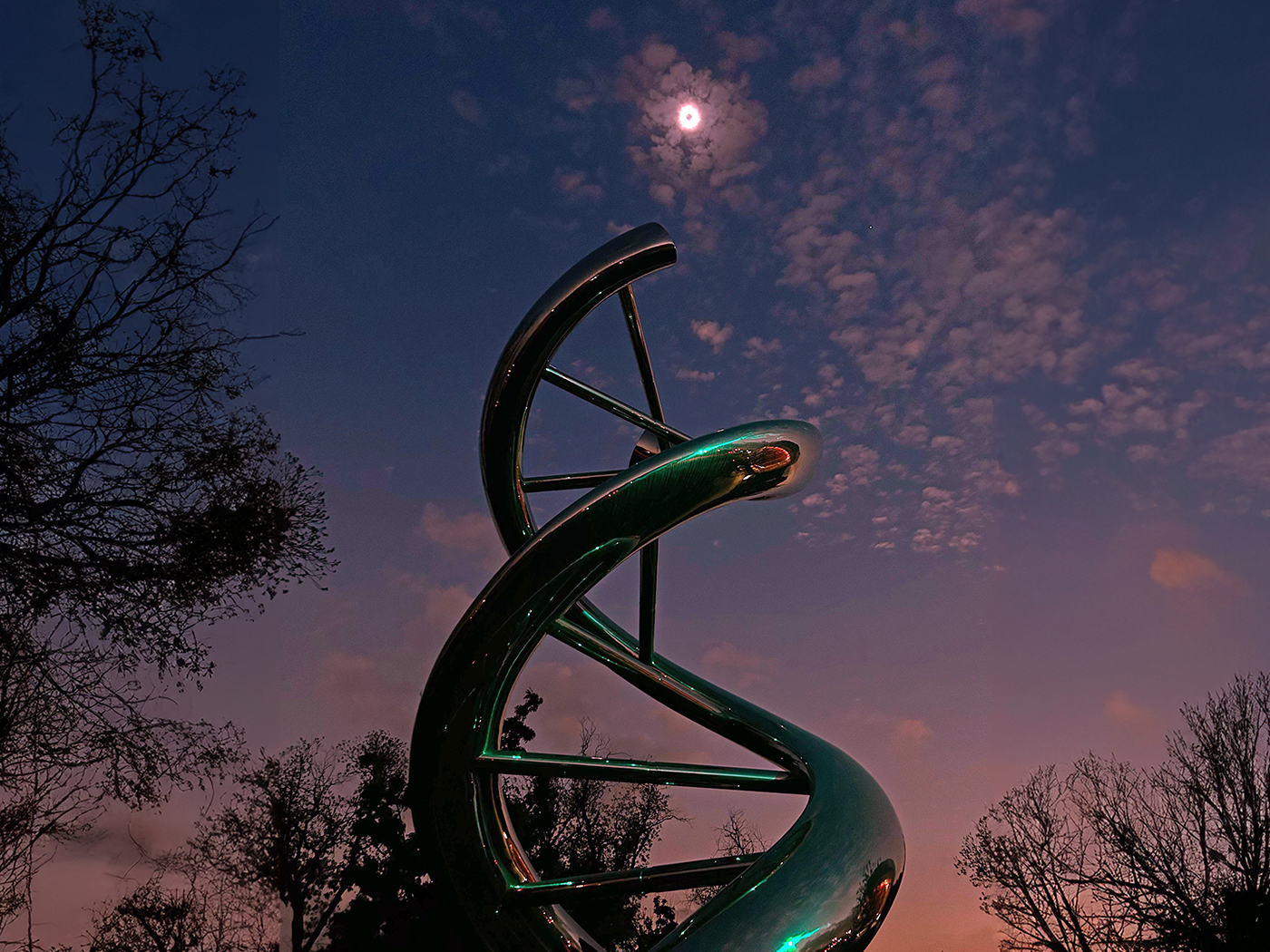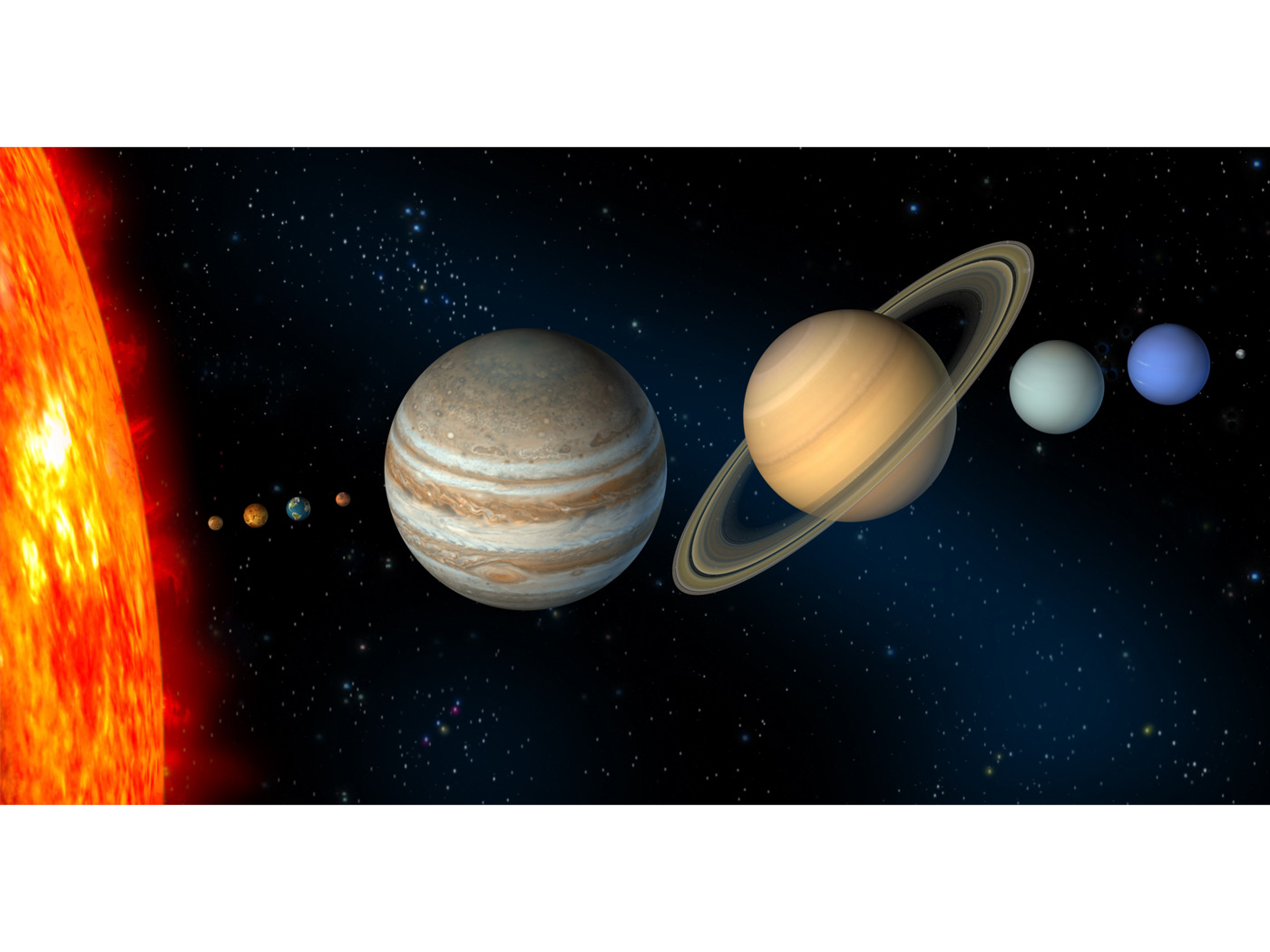The Natural History Museum in London recently opened a new exhibit that features mockingbirds that Charles Darwin collected during his travels around the Galapagos Islands in 1835. He observed they were unlike the mockingbirds in other South American regions. Jo Cooper, one of the museum’s curators, told the Associated Press, "It struck him immediately that [th]is was a very different bird: it's bigger, it has this dark chest, the bill is quite long…and that really made him start thinking."1
However, what might have struck Darwin as a “very different bird” looks to others like slight variations within the same bird kind. In any case, all the birds presented in the display are, in fact, undeniably mockingbirds. Darwin had legitimate scientific grounds, by virtue of the different features he noted, to challenge a “rigid creation” model of origins, one that assumes that all living creatures have descended unchanged from their first created parents. The variations that Darwin observed, however, pose no threat to standard, current biblical creation models, which recognize that living creatures can adapt to environmental or other changing factors (a process known as microevolution, or “horizontal” change).
Like the paleontologists of his time, as well as today’s observers, Darwin did not actually see any differences that represented transitional links between basic reproducing kinds, including “Darwin’s finches” on the Galapagos Islands. If the theory of descent with modification is true—that all organisms today evolved gradually from one single living thing over eons—then there ought to be evidence for it. Most fossils should show transitional states, but instead they show distinct kinds fully formed, even in the lowest (“earliest”) sedimentary rock layers.
Scientific observation and experimentation should reveal at least some hint of lower-to-higher biological development, but they don’t.2 It seems that though the scientific evidence does not favor rigid creation, it also does not support its polar opposite: Darwin’s view of total genetic plasticity, or morphing between kinds. Both scientific observation and the biblical record document that life produces life, and like produces like.
But if Darwin did not develop his “descent with modification” idea from the evidence, then where did he get it? History shows that his grandfather Erasmus, a medical doctor and prolific poet and writer, introduced Darwin to these concepts at an early age. One line from Erasmus’ 1794 book Zoonomia reads:
In the great length of time, since the earth began to exist, perhaps millions of ages before the commencement of the history of mankind, would it be too bold to imagine, that all warm-blooded animals have arisen from one living filament.3
Unfortunately, those who visit London’s Museum of Natural History will only be given Erasmus Darwin’s imaginative interpretation, as filtered through his grandson, of mockingbird origins—that they arose from non-birds. Science has not documented these changes between kinds. All evidence points to the exact situation described in the Bible: that each creature reproduces after its own kind. Therefore, though it’s unpopular, favoring observational science over fanciful Darwinian doctrines is the better choice.
References
- Barr, R. Darwin's mockingbirds feature in London exhibit. Associated Press, November 15, 2008.
- Thomas, B. Bacterial Evolution in the Laboratory? ICR News. Posted on icr.org June 16, 2008, accessed November 18, 2008.
- Darwin, E. 1794. Zoonomia. Dublin: P. Byrne and W. Jones.
Photo credit: Peter Gene
* Mr. Thomas is Science Writer.
Article posted on November 24, 2008.





